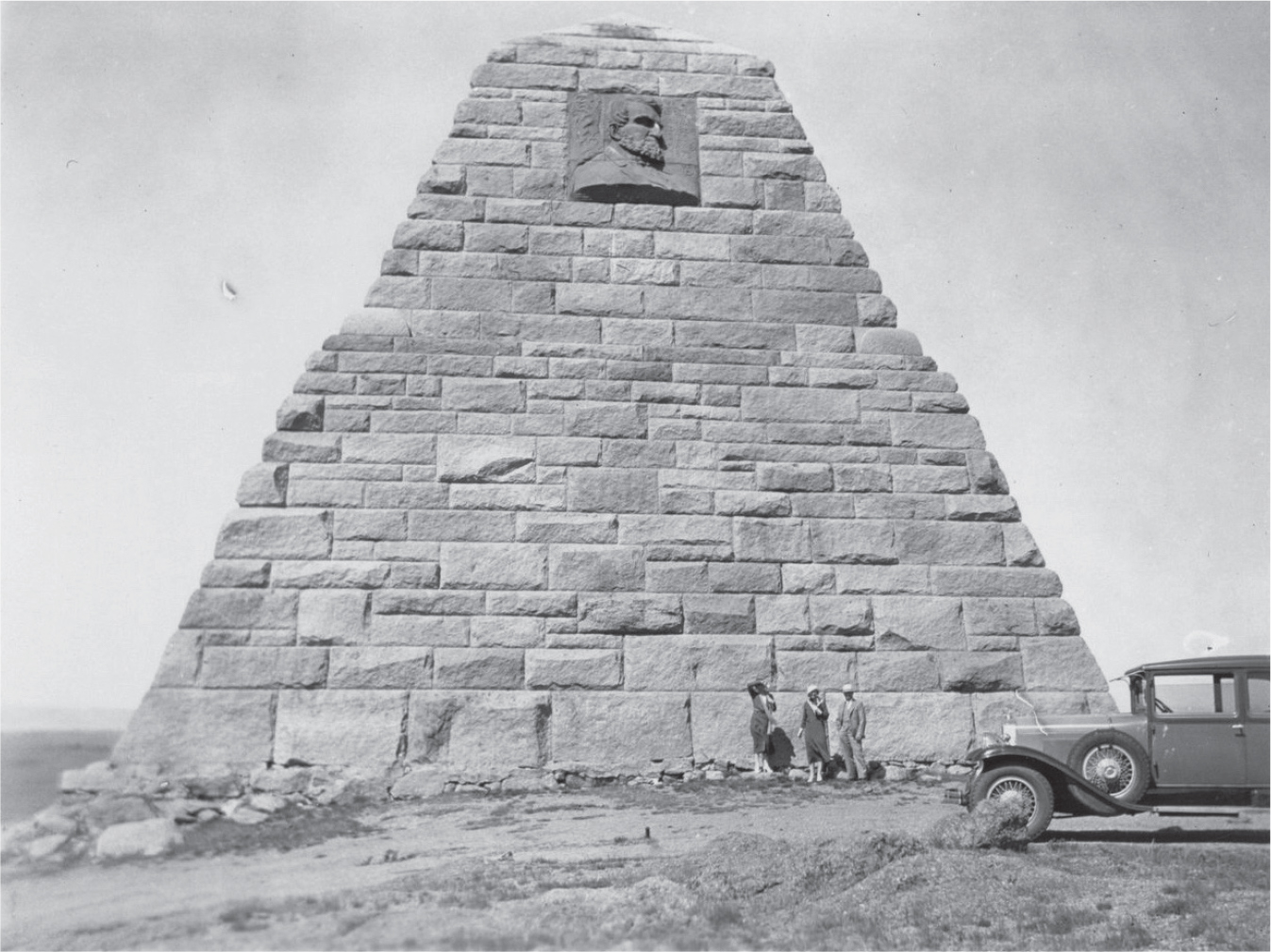Hugh Howard - Architects of an American Landscape: Henry Hobson Richardson, Frederick Law Olmsted, and the Reimagining of America’s Public and Private Spaces
Here you can read online Hugh Howard - Architects of an American Landscape: Henry Hobson Richardson, Frederick Law Olmsted, and the Reimagining of America’s Public and Private Spaces full text of the book (entire story) in english for free. Download pdf and epub, get meaning, cover and reviews about this ebook. City: New York, year: 2022, publisher: Atlantic Monthly Press, genre: Art / Science. Description of the work, (preface) as well as reviews are available. Best literature library LitArk.com created for fans of good reading and offers a wide selection of genres:
Romance novel
Science fiction
Adventure
Detective
Science
History
Home and family
Prose
Art
Politics
Computer
Non-fiction
Religion
Business
Children
Humor
Choose a favorite category and find really read worthwhile books. Enjoy immersion in the world of imagination, feel the emotions of the characters or learn something new for yourself, make an fascinating discovery.
- Book:Architects of an American Landscape: Henry Hobson Richardson, Frederick Law Olmsted, and the Reimagining of America’s Public and Private Spaces
- Author:
- Publisher:Atlantic Monthly Press
- Genre:
- Year:2022
- City:New York
- Rating:4 / 5
- Favourites:Add to favourites
- Your mark:
Architects of an American Landscape: Henry Hobson Richardson, Frederick Law Olmsted, and the Reimagining of America’s Public and Private Spaces: summary, description and annotation
We offer to read an annotation, description, summary or preface (depends on what the author of the book "Architects of an American Landscape: Henry Hobson Richardson, Frederick Law Olmsted, and the Reimagining of America’s Public and Private Spaces" wrote himself). If you haven't found the necessary information about the book — write in the comments, we will try to find it.
As the nation recovered from a cataclysmic war, two titans of design profoundly influenced how Americans came to interact with the built and natural world around them through their pioneering work in architecture and landscape design.
Frederick Law Olmsted is widely revered as Americas first and finest parkmaker and environmentalist, the force behind Manhattans Central Park, Brooklyns Prospect Park, Biltmores parkland in Asheville, dozens of parks across the country, and the preservation of Yosemite and Niagara Falls. Yet his close friend and sometime collaborator, Henry Hobson Richardson, has been almost entirely forgotten today, despite his outsized influence on American architecturefrom Bostons iconic Trinity Church to Chicagos Marshall Field Wholesale Store to the Shingle Style and the wildly popular open plan he conceived for family homes. Individually they created much-beloved buildings and public spaces. Together they married natural landscapes with built structures in train stations and public libraries that helped drive the shift in American life from congested cities to developing suburbs across the country.
The small, reserved Olmsted and the passionate, Falstaffian Richardson could not have been more different in character, but their sensibilities were closely aligned. In chronicling their intersecting lives and work in the context of the nations post-war renewal, Hugh Howard reveals how these two men created original all-American idioms in architecture and landscape that influence how we enjoy our public and private spaces to this day.
Hugh Howard: author's other books
Who wrote Architects of an American Landscape: Henry Hobson Richardson, Frederick Law Olmsted, and the Reimagining of America’s Public and Private Spaces? Find out the surname, the name of the author of the book and a list of all author's works by series.



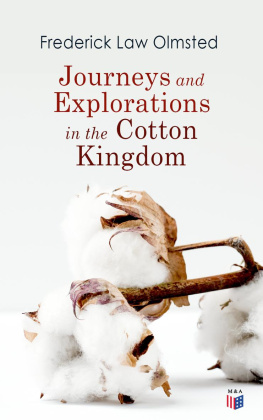
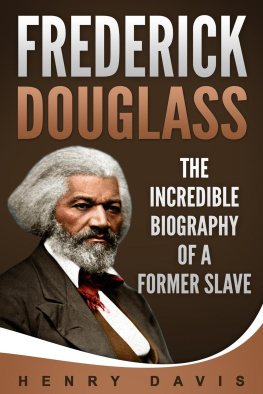
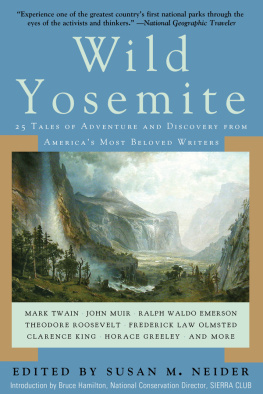
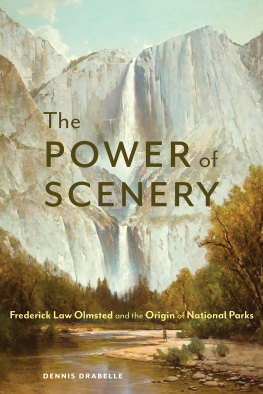
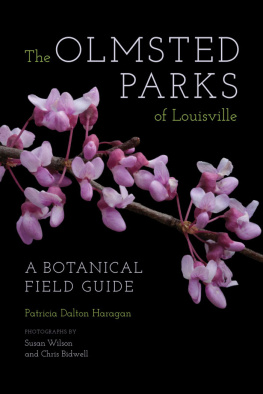
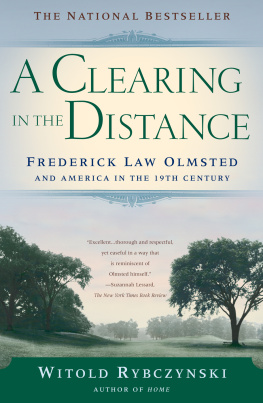
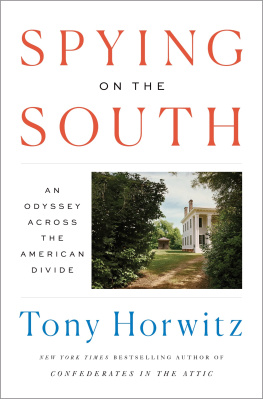
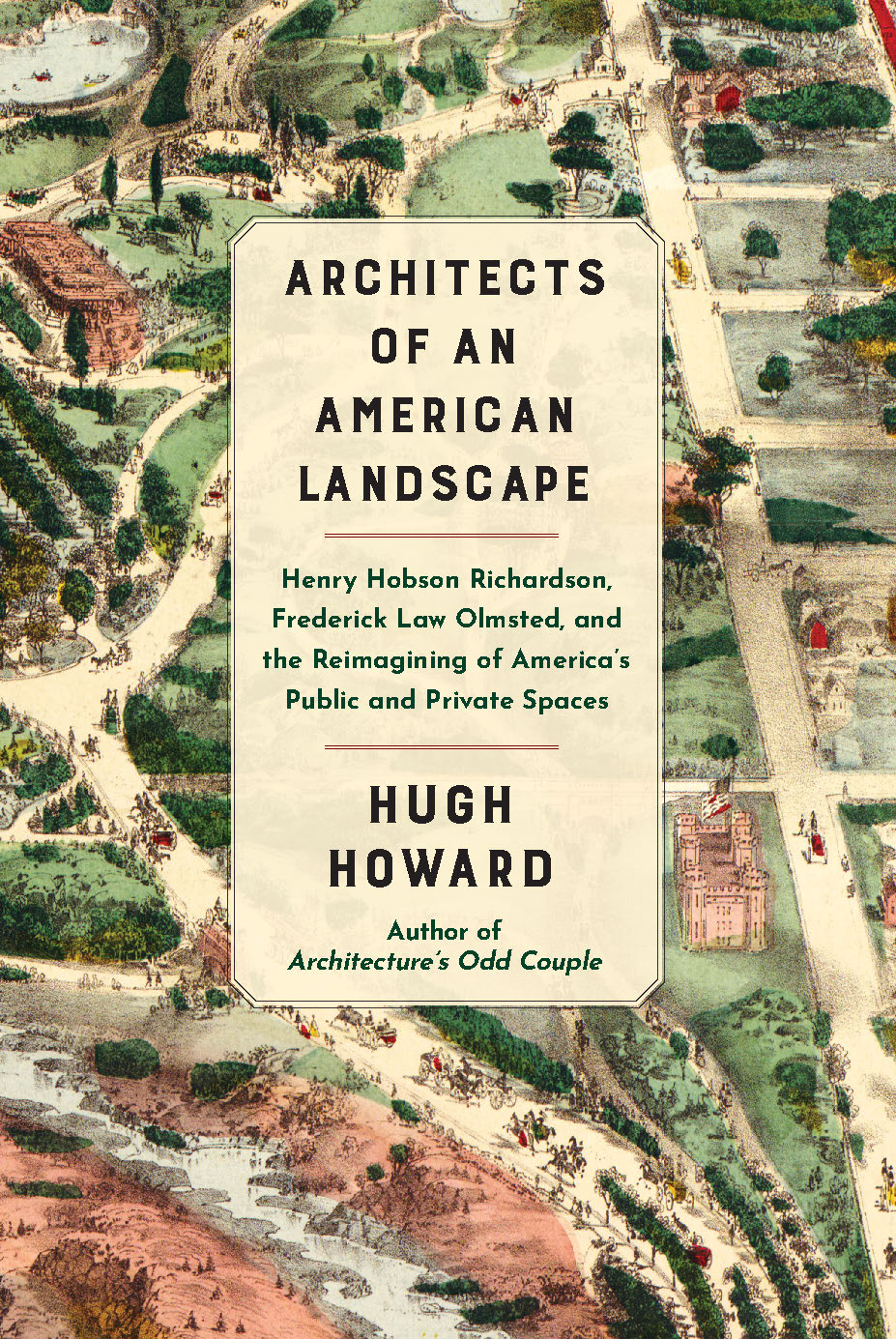

 FAREWELL, FRIEND
FAREWELL, FRIEND